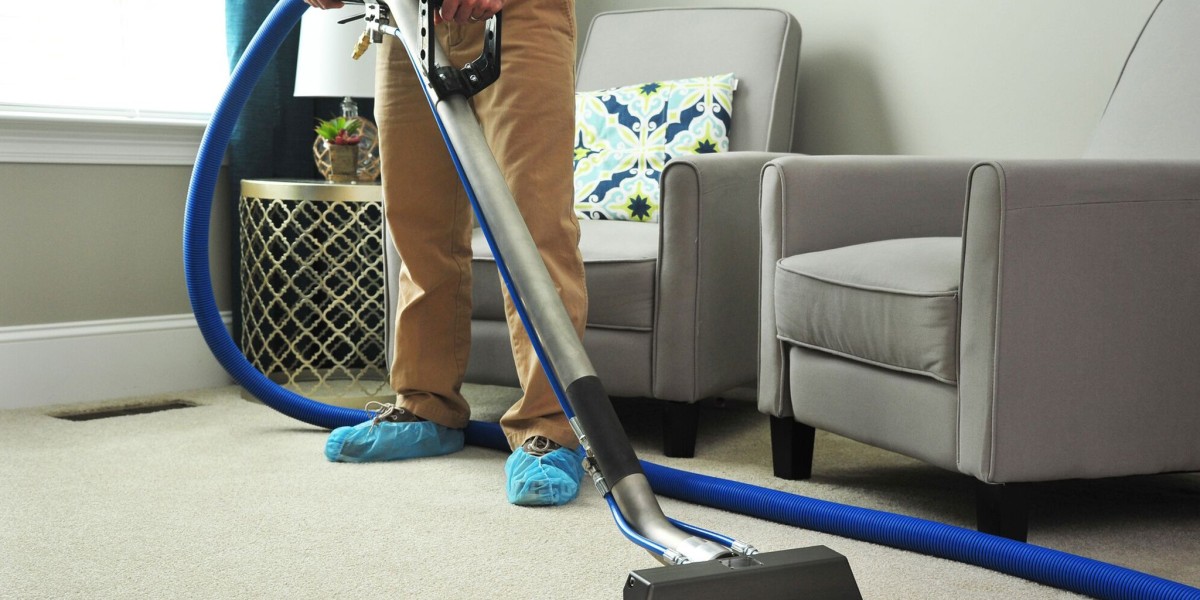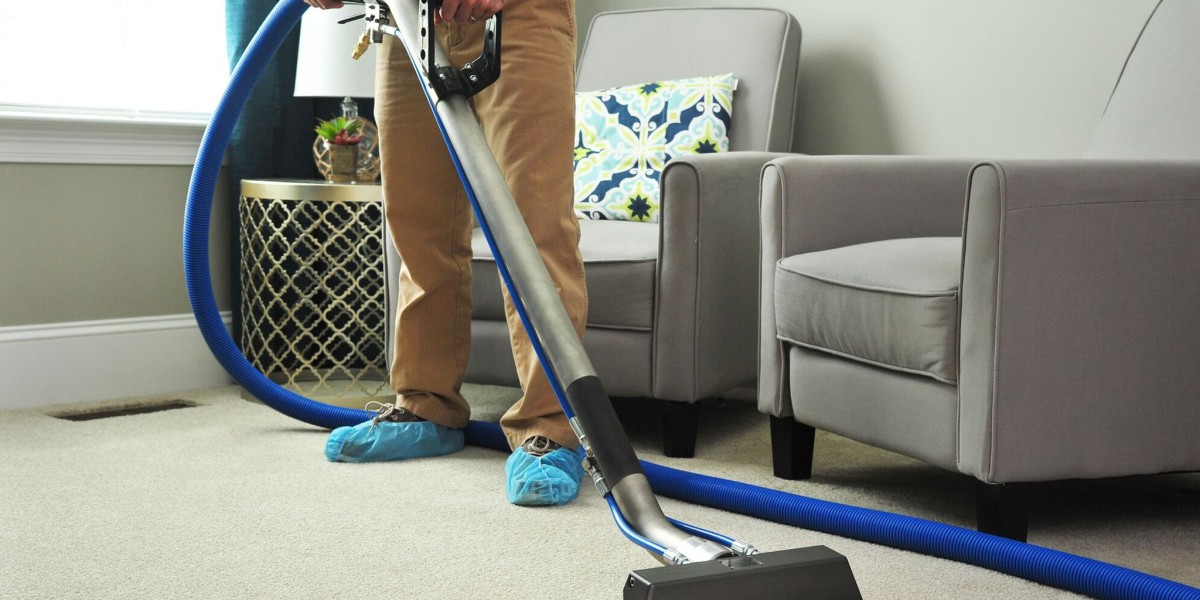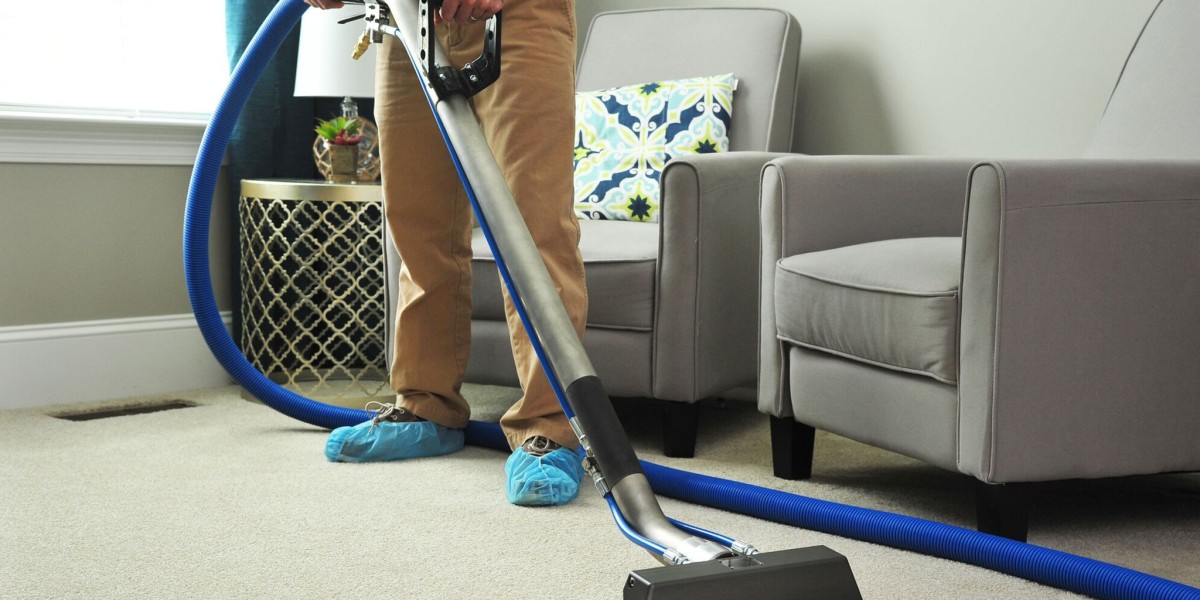Window installation is a critical aspect of home improvement that can significantly enhance energy efficiency, aesthetics, and overall comfort. Whether you are replacing old windows or installing new ones, understanding the process can help you make informed decisions and achieve the best results. This article will guide you through the various stages of window installation, the types of windows available, and tips for ensuring a successful installation.
Types of Windows
Before diving into the installation process, it's essential to understand the different types of windows available. Each type has its unique features and benefits:
- Double-Hung Windows: These windows have two sashes that slide vertically. They are popular for their traditional look and ease of cleaning.
- Casement Windows: Hinged on one side, these windows open outward, providing excellent ventilation and unobstructed views.
- Sliding Windows: These windows slide horizontally, making them ideal for areas where space is limited.
- Awning Windows: Hinged at the top, awning windows open outward and are great for ventilation while keeping rain out.
- Picture Windows: These large, fixed windows offer unobstructed views and natural light but do not open.
- Bay and Bow Windows: These are combinations of multiple windows that extend outward, creating a nook inside the home and adding architectural interest.
Preparing for Installation
Before starting the installation process, preparation is key. Here are the steps to follow:
- Choose the Right Windows: Select windows that match your home’s architectural style and meet your energy efficiency needs. Look for windows with the ENERGY STAR label for improved energy savings.
- Measure Accurately: Accurate measurements are crucial for a successful installation. Measure the width and height of the existing window frame and note any irregularities.
- Gather Tools and Materials: Ensure you have all the necessary tools, including a tape measure, level, screwdriver, utility knife, caulking gun, and safety gear. You may also need shims, insulation, and flashing tape.
- Check Local Building Codes: Before beginning, verify local building codes and regulations regarding window installation. This may include permits and specific requirements for energy efficiency.
The Installation Process
The window installation process can vary depending on the type of window and the existing conditions, but the following steps provide a general overview:
- Remove the Old Window: Start by removing the existing window. Carefully cut through the caulking and paint around the window frame with a utility knife. Remove any trim or casing, and then take out the window itself. Be cautious of any broken glass.
- Inspect the Opening: Once the old window is removed, inspect the window opening for any damage. Look for rot, mold, or structural issues that may need repair before installing the new window.
- Prepare the New Window: Before installation, ensure that the new window fits the opening. You may need to add shims to create a level and square frame. Check the manufacturer’s instructions for specific preparation steps.
- Install the New Window: Place the new window into the opening, www.yell.com/biz/ideal-glass-st-albans-10766779/ ensuring it is centered and level. Use shims to adjust as needed. Secure the window in place using screws, following the manufacturer’s guidelines.
- Insulate and Seal: After the window is secured, insulate around the frame with foam insulation or fiberglass. This step is crucial for energy efficiency. Finally, apply caulk around the exterior edges of the window to seal any gaps.
- Reinstall Trim and Finishing Touches: Once the window is installed and sealed, reinstall any trim or casing that was removed. Touch up paint as needed to match the surrounding areas.
Post-Installation Care
After the installation is complete, there are a few steps to ensure the longevity and performance of your new windows:
- Clean the Windows: Remove any dust, debris, or fingerprints from the glass and frame. Use a glass cleaner for a streak-free finish.
- Check for Leaks: Monitor the windows for any signs of leaks or drafts after installation. If you notice any issues, address them promptly to prevent further damage.
- Regular Maintenance: Regularly inspect and maintain your windows to ensure they function correctly. This may include cleaning tracks, lubricating hinges, and checking seals.
Hiring a Professional vs. DIY Installation
While some homeowners may choose to install windows themselves, hiring a professional can ensure a higher quality installation. Professionals have the experience and expertise to handle potential challenges, such as structural issues or complicated window designs.
If you decide to hire a contractor, be sure to:
- Research: Look for reputable contractors with positive reviews and solid references.
- Get Estimates: Obtain multiple quotes to compare pricing and services.
- Check Credentials: Ensure the contractor is licensed and insured.
Conclusion
Window installation is a significant investment that can enhance your home’s beauty, comfort, and energy efficiency. By understanding the types of windows available, preparing adequately, and following the installation process, you can achieve a successful outcome. Whether you choose to tackle the project yourself or hire a professional, proper installation is essential for maximizing the benefits of your new windows. With careful planning and execution, you can enjoy the advantages of beautiful, functional windows for years to come.






